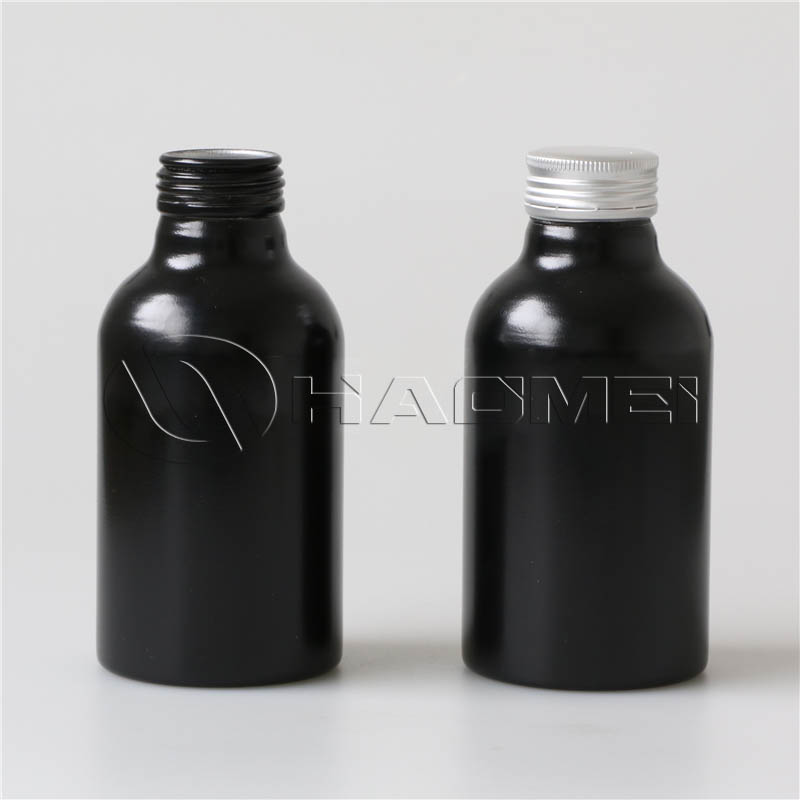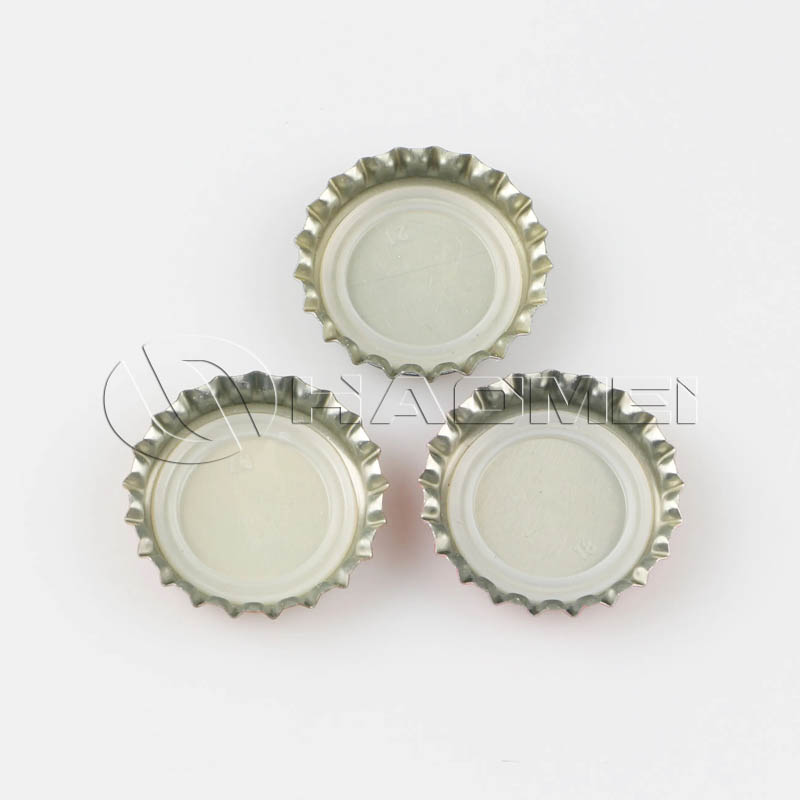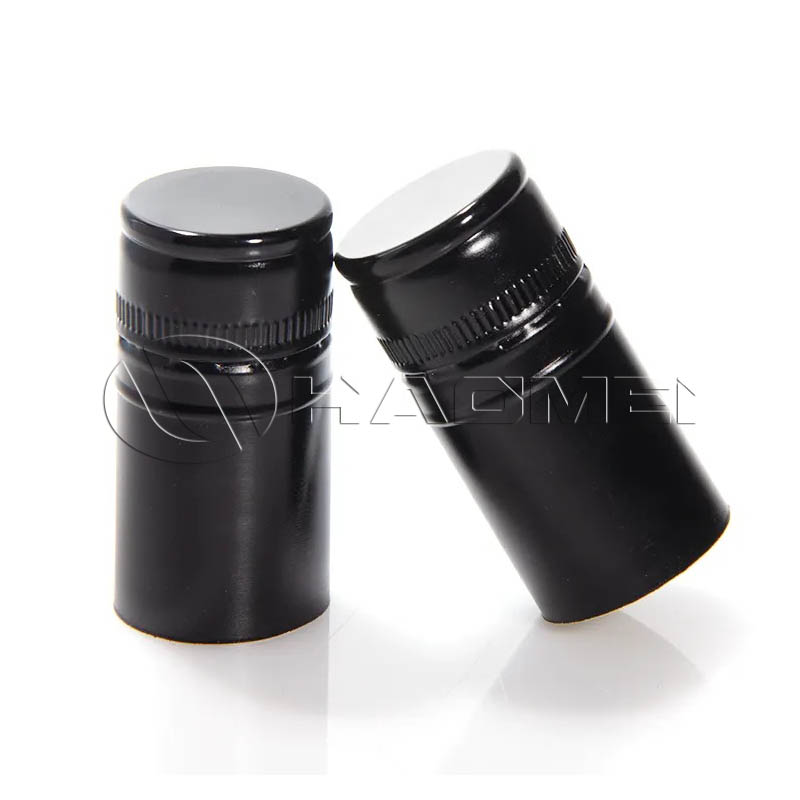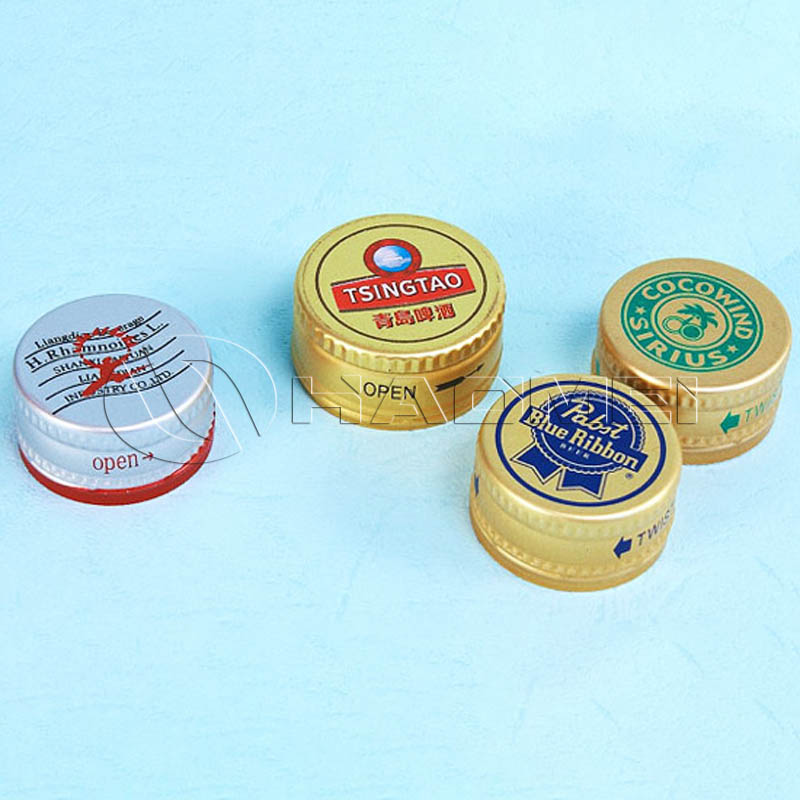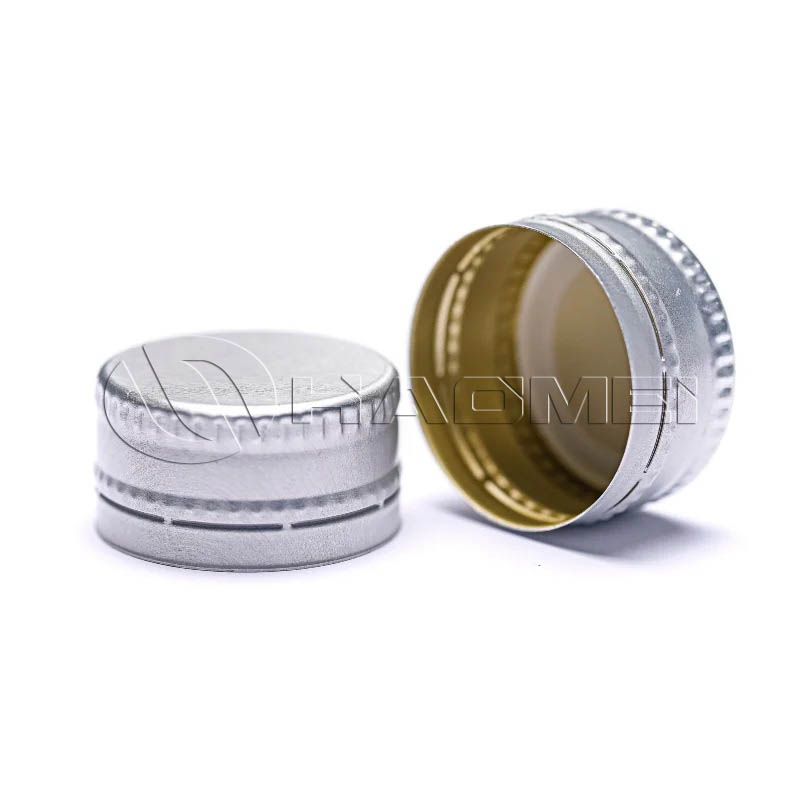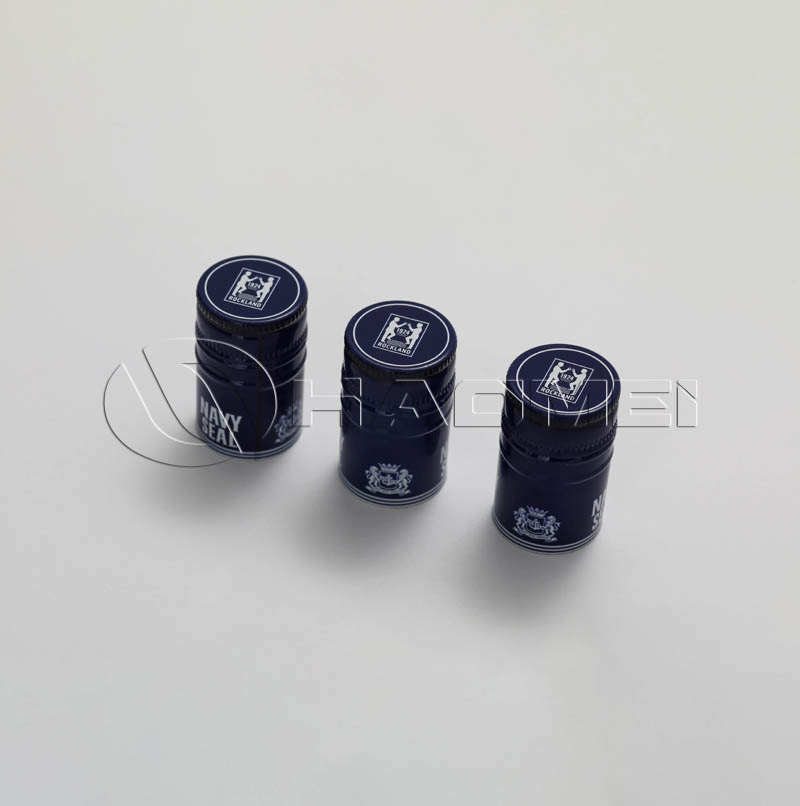Plastic Tamper-Evident Caps: Lightweight Convenience Driving the Beverage Industry
Plastic tamper-evident caps are widely used in the beverage packaging industry due to their lightweight nature, ease of opening, and excellent sealing properties. This design not only significantly improves user convenience but also contributes to the rapid growth of the beverage sector. In response to growing consumer demand, many enterprises have adopted advanced foreign equipment to enable large-scale, automated production of plastic bottle caps—boosting both capacity and cost efficiency.
Aluminum Caps Remain a Strong Market Force
Despite the growing prevalence of plastic caps, aluminum tamper-evident caps continue to maintain a strong presence in several key sectors. Particularly in high-end liquor, pharmaceuticals, and olive oil—products that require superior sealing and anti-counterfeiting features—aluminum caps are still the preferred choice due to their excellent barrier properties and premium brand appeal. Some data even shows that certain liquor brands allocate up to 35% of their packaging budget to aluminum caps, underlining the importance of brand value and consumer experience.
Historically, Coca-Cola led the switch from aluminum to plastic caps in the mid-1990s, marking a major turning point in the widespread adoption of plastic caps in the carbonated beverage industry. Since then, plastic caps have gradually become the dominant packaging choice for drinks.
So the question is: Which one is better, the plastic cap or the aluminum cap?
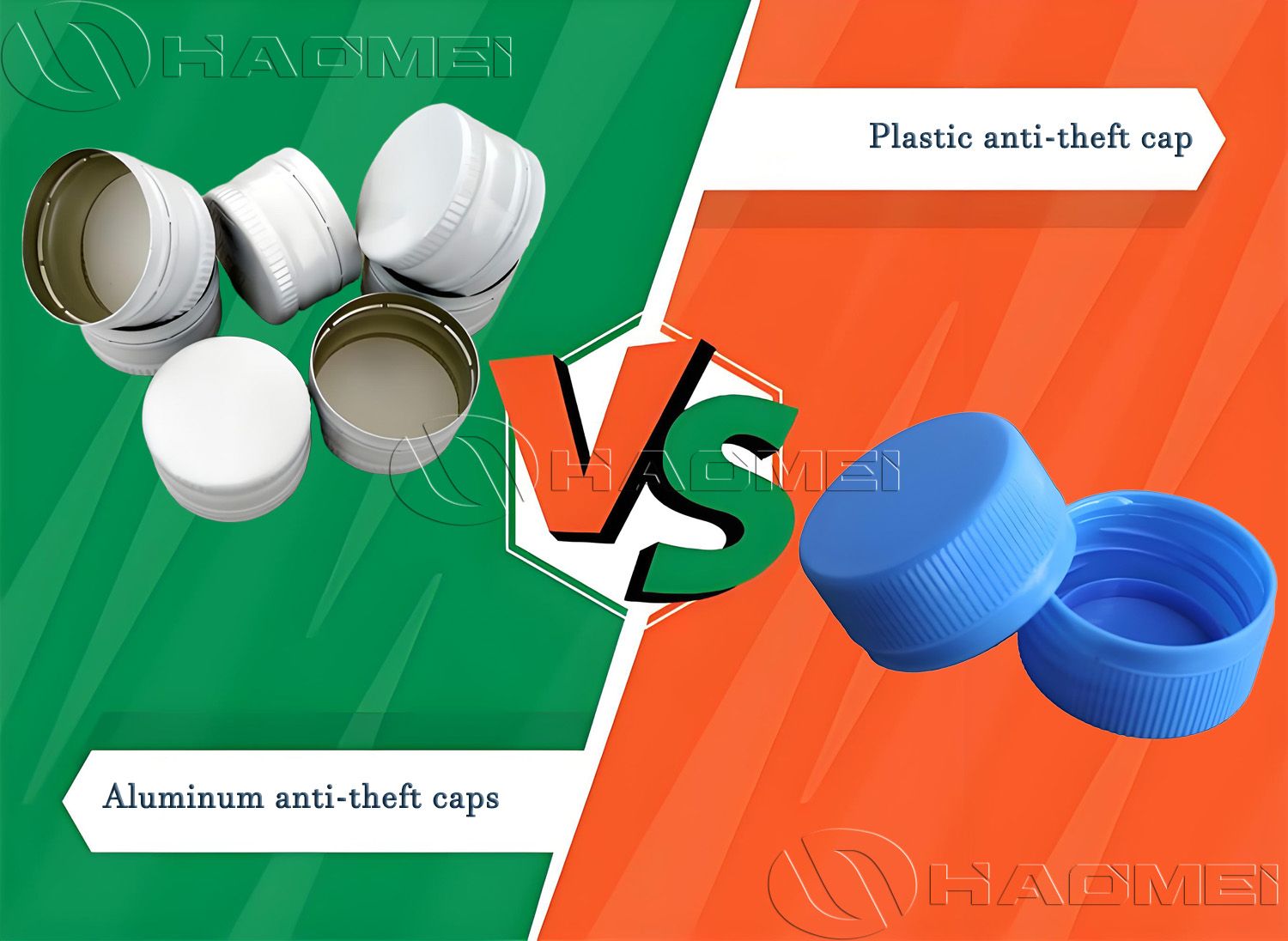
Aluminum vs. Plastic Tamper-Evident Caps
1. Material Comparison: Lightweight Plastic vs. Premium Metallic Feel
Plastic bottle caps are known for being lightweight, highly moldable, and low-cost, making them the mainstream choice for most everyday consumer packaging. Suitable for both hot and cold filling, they are widely used for bottled water, carbonated drinks, and household condiments.
Aluminum tamper-evident caps, on the other hand, are favored for their sturdiness, resistance to tampering, and excellent barrier properties. They are ideal for products such as wine, spirits, and pharmaceuticals that demand exceptional sealing performance. The natural metallic luster of aluminum also imparts a high-end, premium feel, in line with the current consumer trend toward "affordable luxury."
2. Safety: Physical Integrity and Anti-Counterfeiting Enhancements
In terms of tamper-evidence, aluminum caps offer clear advantages. Through ROPP (Roll-On Pilfer-Proof) technology, the aluminum cap grips tightly to the bottle neck and leaves a visible trace once opened—preventing resealing. Combined with laser engraving, anti-counterfeit inks, and printed security patterns, aluminum caps are a vital part of brand protection.
In contrast, traditional plastic caps also feature breakaway bands, but they are easier to replicate or reseal, which weakens their anti-counterfeiting effectiveness—making them less common in high-end markets today.
3. Environmental Impact: Recyclable vs. Biodegradable?
Sustainability is one of the major dividing lines between aluminum and plastic materials.
Aluminum caps are 100% recyclable and maintain nearly all of their properties during the recycling process. Data shows that recycled aluminum requires only 5% of the energy used in primary smelting and produces significantly less carbon emissions.
Plastic caps, while some types are technically recyclable or biodegradable, often consist of complex composite polymers, which results in lower actual recycling rates and higher processing costs. They are also a key contributor to the global issue of “white pollution,” drawing increased scrutiny from regulators and environmental organizations.
4. Market Trends: Premium Alcohol Fuels Aluminum Cap Growth
According to Global Market Insights, the global aluminum cap market is growing at an average annual rate of 6.4%, with rapid penetration in wine, spirits, and olive oil sectors. Countries across Europe and Asia have introduced policies encouraging the use of recyclable metal caps as a sustainable alternative to disposable plastic packaging.
At the same time, plastic caps continue to dominate in high-volume FMCG markets such as bottled water, sauces, and dairy. Due to the relatively higher unit cost of aluminum caps, many mid- to low-tier brands still prefer plastic to keep costs down.
5. Future Trend: Customization & Brand Differentiation
Aluminum ROPP caps can be hot stamped, laser-engraved, or embossed—enhancing brand value and allowing for artistic, premium-grade customization (e.g., custom logos for spirit brands). They also support intricate surface treatments and multi-color printing.
Plastic caps, while lacking the same metallic appeal, offer greater structural design flexibility (e.g., dosing caps for detergents, dropper caps for cosmetics) and can be enhanced with UV-blocking or anti-slip materials. They’re also easily color-matched and printed.
Summary
In conclusion, aluminum tamper-evident caps excel in sealing performance, anti-counterfeiting capabilities, premium branding, and recyclability—making them the ideal choice for high-value liquids like alcohol and pharmaceuticals, or any product requiring longer shelf life. However, they come with higher production costs and more demanding equipment requirements.
Plastic bottle caps, on the other hand, remain a favorite in mass-market applications due to their affordability, versatility, and ease of production. Yet, their environmental challenges and limited premium image may constrain their use in higher-end sectors.
